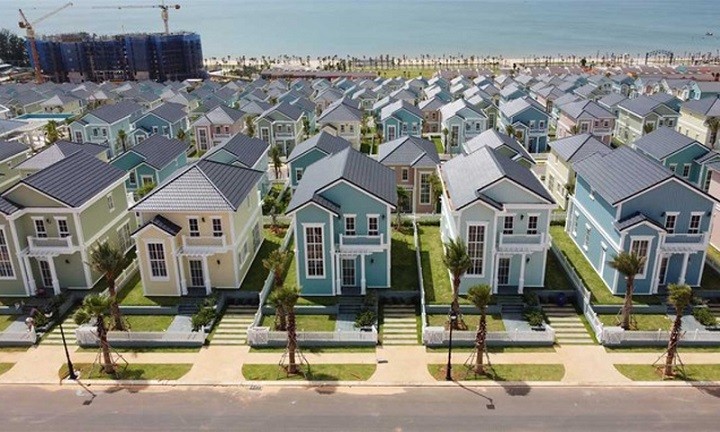 |
| Liquidity in the real estate market is gradually improving. (Photo: Thanh Son) |
Industrial land rental prices still have room to increase in the next 2 years
A survey by CBRE Vietnam Co., Ltd. shows that positive demand from many industries and many nationalities helps boost rental growth in many localities. At the same time, rental prices for ready-built warehouses are forecast to increase slightly by 2-4%/year in the next two years. New projects with good technical specifications and convenient locations will have rental prices higher than the market average.
In the three quarters of 2023, tenants from China, Vietnam, Japan, the US and the European Union (EU) are active investors looking for industrial land and warehouses in the Vietnamese market; accounting for about 70 - 80% of the number of leasing inquiries to CBRE in both the South and the North.
Assessing future trends, Ms. Nguyen Hoai An, Senior Director of CBRE Vietnam - Hanoi Branch, commented that Vietnam's industrial real estate market will continue to have many changes with the expectation of growth in foreign direct investment (FDI), the shift and diversification of industries of FDI enterprises.
In particular, according to Ms. An, the trend will focus more on the high-tech sector. At the same time, more and more businesses and tenants are including sustainable development goals in the criteria for choosing locations to develop factories and rent warehouses. This will be a factor promoting the development of new supply of green buildings in the future.
Cushman & Wakefield Vietnam also believes that the logistics market will be the "golden goose" in Vietnam because this is the destination - the top choice of global investors in the logistics industry in the Asia- Pacific region.
Cushman & Wakefield’s annual survey of top global clients in 2022 found that more than 60% of respondents ranked India as their preferred emerging market (excluding mainland China) to invest in. On a first- and second-preference basis, Vietnam was the chosen emerging market, capturing nearly 80% of the votes, far ahead of India’s 75%, the firm cited.
Ms. Trang Bui, General Director of Cushman & Wakefield Vietnam, commented that in the last months of the year, when demand from the retail market is forecast to increase, the "thirst" for factory and warehouse supply will become even more intense.
Currently, the total supply of warehouses in Hanoi and Ho Chi Minh City is only 2,022,000 m2 and 5,130,000 m2 respectively. Industrial parks and warehouse logistics in large cities, especially Hanoi and Ho Chi Minh City, are having high occupancy rates, with some places reaching nearly 100%.
Demand will continue to grow in the coming time. Especially when supply cannot meet demand, increasing competitive pressure on retail and transportation businesses.
Why is the market difficult but apartment prices do not decrease?
At the announcement of the report "Assessing the recovery process of Vietnam's real estate market in the third quarter of 2023 and forecasting the market situation in the fourth quarter of 2023" by the Vietnam Association of Real Estate Brokers (VARS) on the afternoon of October 12, Ms. Pham Thi Mien, Deputy Head of the Market Research and Real Estate Investment Promotion Consulting Department (VARS) said that liquidity in the real estate market is gradually improving.
According to Ms. Mien, in the third quarter, the market recorded 5,750 transactions in all segments; this number is 1.5 times higher than the second quarter and more than twice that of the first quarter. In particular, transactions mainly came from the apartment segment and products priced under 3 billion VND.
However, in the first 9 months of this year, the transaction volume was only about 50% compared to the same period last year.
Sharing on the sidelines of the report announcement, Mr. Le Dinh Chung, General Director of SGO Homes Real Estate Investment and Development JSC, said that the real estate market is currently very "paradoxical". That is, although the market is difficult, real estate prices have not decreased, especially in the residential apartment segment.
“The phenomenon of high, increasing or flat prices mainly applies to products in the center of big cities. The reason for not decreasing is due to scarce supply and limited land funds. Although the government is actively removing obstacles for new projects, the progress is still slow and it will take a long time to have products,” said Mr. Chung.
In addition, this leader also said that due to higher input costs such as land tax according to the new price frame, quite close to the market. Or previously, taxes could be paid in each project phase, but now they have to be paid in a short period of time, which forces investors to prepare large cash flows and also makes it difficult to borrow from banks.
The price of raw materials has increased, and products released later to the market are more expensive than those released earlier due to the need to invest in additional amenities and a higher level of completion. With these factors, Mr. Chung affirmed that the prices of apartment products in city centers can only remain the same or increase, but cannot decrease.
Along the same route, agricultural land prices in Binh Duong are three times higher than in Ho Chi Minh City.
According to information on Vietnamnet, regarding compensation for households whose land was recovered in Thu Duc City, at the meeting with voters before the 6th session of the 15th National Assembly, Unit 1 of Thu Duc City on October 11, some voters expressed their opinions that, although on the same road in Long Binh Ward, the price of agricultural land in Binh Duong is 3 times higher than in Ho Chi Minh City.
Regarding this issue, the Land Economics Department, Department of Natural Resources and Environment (TN&MT) of Ho Chi Minh City said that the specific land price for compensation calculation at the Ho Chi Minh City Ring Road 3 project through Thu Duc City is close to the actual transfer price on the market.
Thu Duc City People's Committee has hired a consulting unit to prepare a certificate with information samples comparing the prices of agricultural land and other types of land that have been successfully transferred on the market.
Before submitting to the Department of Natural Resources and Environment for submission to the Ho Chi Minh City Land Valuation Council for consideration, appraisal and approval, the Thu Duc City People's Committee publicly posted and collected opinions from people whose land was recovered.
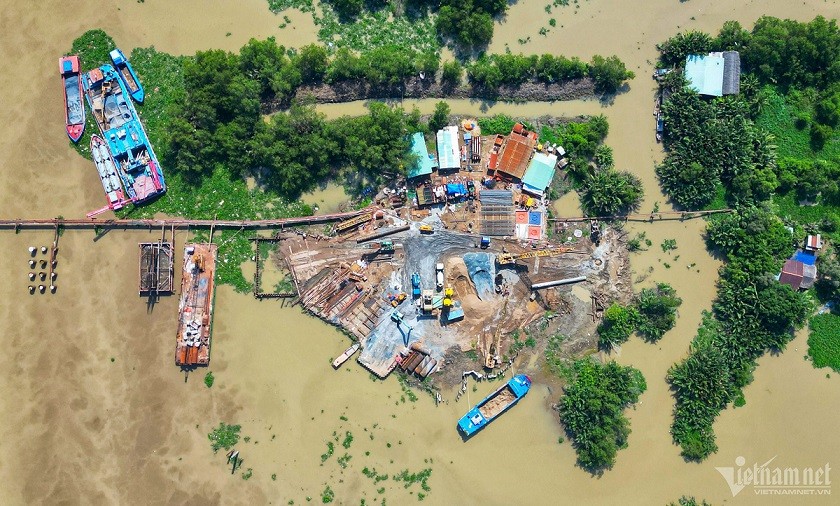 |
| A section of component project 1A, Tan Van - Nhon Trach section, phase 1 of Ho Chi Minh City Ring Road 3 is under construction. (Source: Vietnamnet) |
Previously, in Thu Duc City, the component project 1A, Tan Van - Nhon Trach section, phase 1, belonging to Ho Chi Minh City Ring Road 3, was implemented. Thu Duc City People's Committee approved the compensation plan, the majority of people agreed with the land price, so Thu Duc City People's Committee completed the payment to implement the land acquisition.
According to the Land Economics Division, Department of Natural Resources and Environment of Ho Chi Minh City, the specific land price to calculate compensation when the State reclaims land at the Ring Road 3 project has been balanced with the projects being implemented in Thu Duc City.
It is known that some localities determine agricultural land prices by collecting residential land price data and then deducting the financial obligations that must be fulfilled. Agricultural land prices collected in the above manner are not in accordance with Circular No. 36/2014/TT-BTNMT dated June 30, 2014 of the Ministry of Natural Resources and Environment.
The Steering Committee of component 2 of the Ho Chi Minh City Ring Road 3 construction investment project has just updated the results of land acquisition, compensation, support and resettlement in Thu Duc City and the districts of Cu Chi, Hoc Mon and Binh Chanh.
As of October 12, out of a total of 410,439 hectares of land that needed to be recovered from 1,678 households, localities had recovered and handed over 390,069 hectares of land to investors, reaching a rate of 95.04%.
Of these, only Hoc Mon district has completed land acquisition and handed over the site to the investor of the Ho Chi Minh City Ring Road 3 project with an area of nearly 90 hectares.
To date, 1,243 affected households have received compensation with a total amount of more than 6,510 billion VND, reaching a rate of 74.08%.
Regulations on housing construction on land for perennial crops
In Clause 1, Article 6 and Clause 1, Article 170 of the 2013 Land Law, agricultural land users are obliged to use land in accordance with the planning, land use plan, land use purpose, land plot boundaries, regulations on underground depth and overhead height, protect underground public works and comply with other relevant legal provisions.
At the same time, according to Clause 1, Article 10 of the 2013 Land Law, land for growing perennial crops belongs to the group of agricultural land not intended for residential purposes. Therefore, households and individuals are not allowed to build houses on land for growing perennial crops.
In case a household or individual wants to build a house on the land used for perennial crops, they must carry out procedures to change the land use purpose from agricultural land to residential land (or in fact, it is also called residential land).
Pursuant to Clause 1, Article 57 of the 2013 Land Law, the following cases of land use purpose change must be permitted by competent State agencies:
Convert rice-growing land to perennial crop land, forestry land, aquaculture land, and salt-making land.
Converting land for growing other annual crops to land for saltwater aquaculture, salt-making land, or land for aquaculture in the form of ponds, lakes, or lagoons.
Converting special-use forest land, protective forest land, and production forest land to other purposes within the agricultural land group.
Convert agricultural land to non-agricultural land.
Converting non-agricultural land allocated by the State without land use fees to non-agricultural land allocated by the State with land use fees or land lease.
Convert non-agricultural land that is not residential land to residential land.
Converting land for construction of public works, land used for public purposes with business purposes, land for non-agricultural production and business that is not commercial or service land to commercial or service land; converting commercial or service land, land for construction of public works to land for non-agricultural production establishments.
In short, in case a household or individual wants to change the purpose of using land for perennial crops to residential land, they must obtain permission from the competent State agency. In other words, if they want to change land for perennial crops to residential land, they must obtain permission from the competent State agency.
Pursuant to Clause 2, Article 59 of the 2013 Land Law, the People's Committee at the district level decides to allocate land, lease land, and permit change of land use purpose in the following cases:
Land allocation, land lease, permission to change land use purpose for households and individuals. In case of land lease to households and individuals, permission to change the purpose of agricultural land use for commercial and service purposes with an area of 0.5 hectares or more, there must be written approval from the Provincial People's Committee before making a decision.
Land allocation to residential communities.
Therefore, in case a household or individual wants to change the purpose of using land for perennial crops to residential land, they must obtain permission from the People's Committee of the district where the land is located.
Source






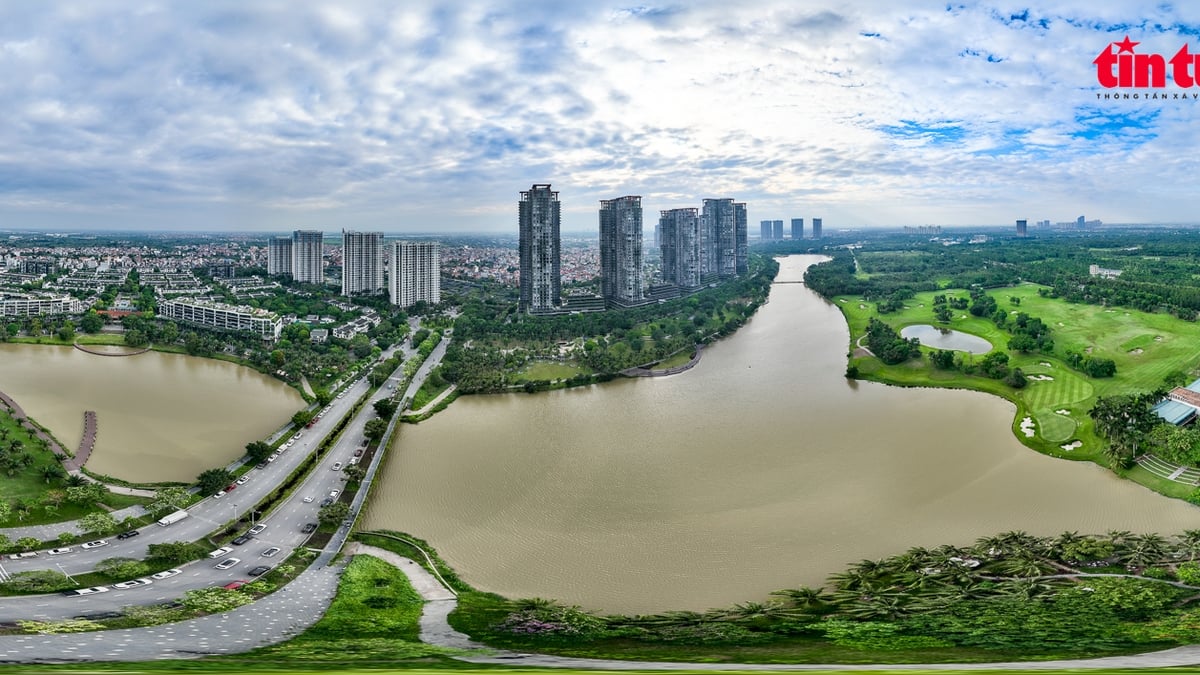





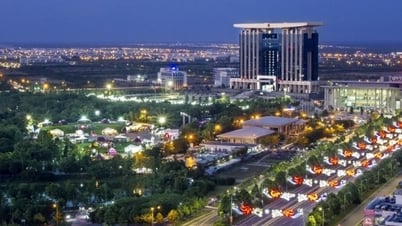







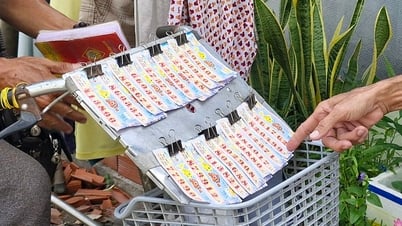
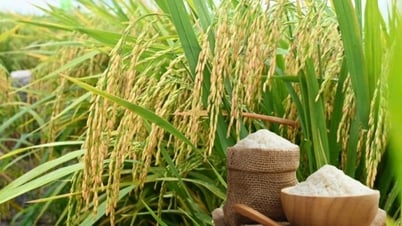












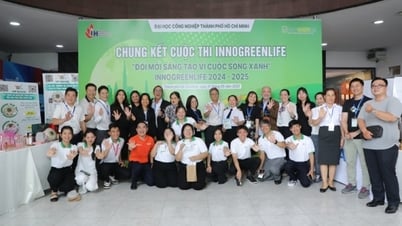
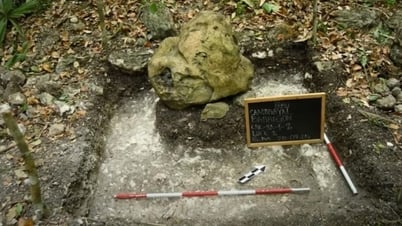
































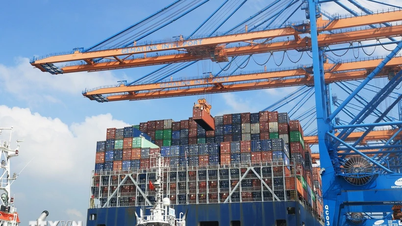









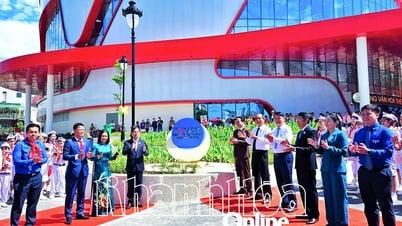

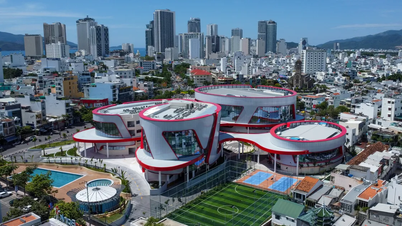


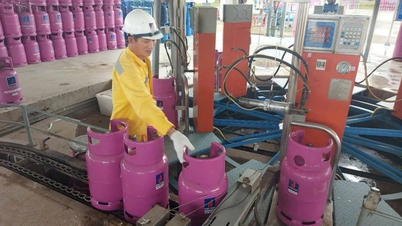


















Comment (0)